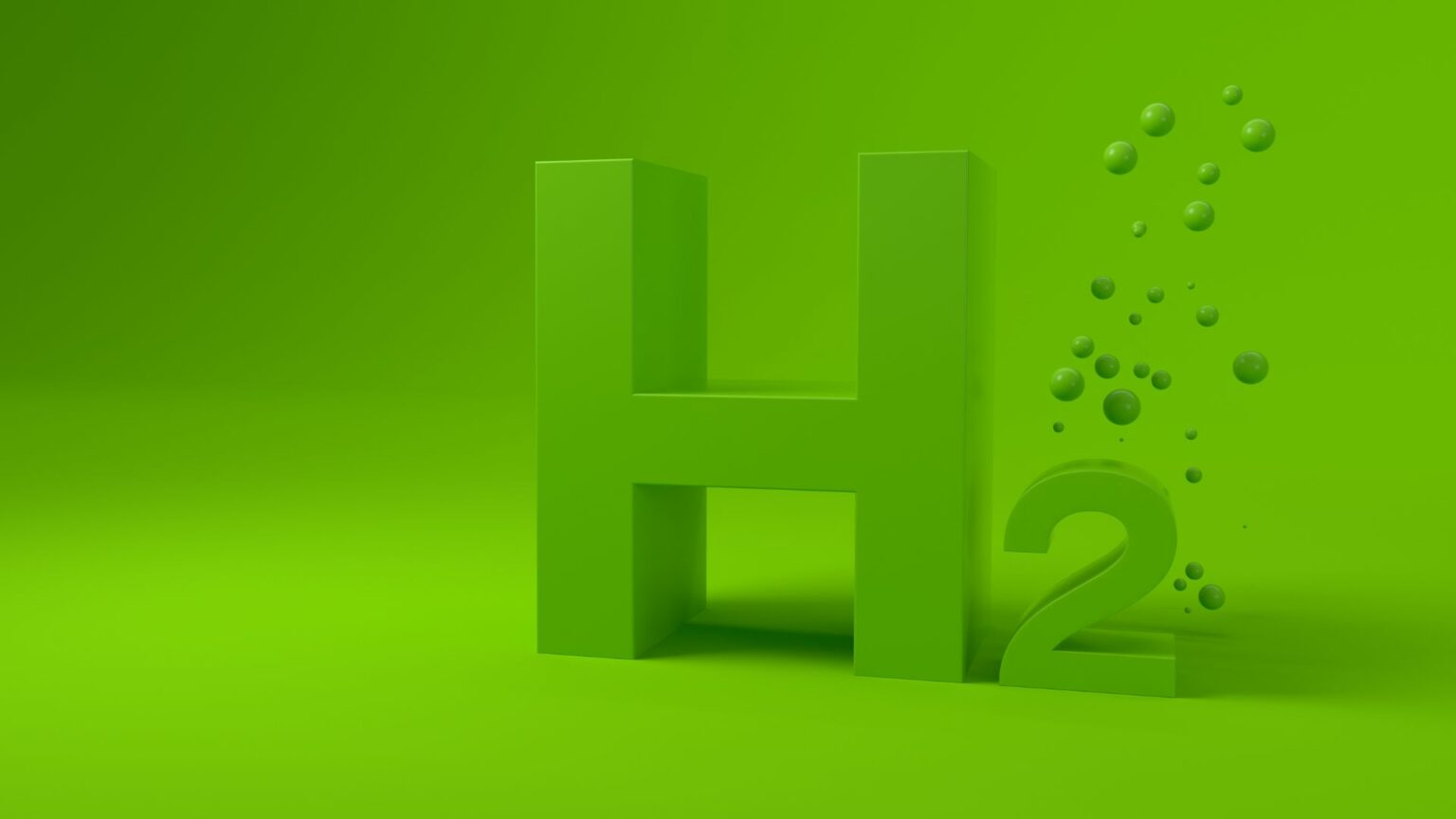Centrica subsidiary Bord Gáis Energy has taken a monumental step by joining a transformative project aimed at repurposing the Celtic Sea’s Kinsale Head gas field for the storage of green hydrogen.
Alongside partners ESB and dCarbonX, Bord Gáis Energy is set to participate equally in this innovative initiative that involves retrofitting the depleted gas reservoirs of the Kinsale Head field to serve as a storage hub for environmentally friendly hydrogen.
The primary objective of this collaborative venture is to reconfigure the gas field in such a way that it can house green hydrogen. Initially, the field will be used for storing natural gas, and later this will transition into green hydrogen storage. This strategic move aligns with the broader aim of replacing conventional, carbon-emitting fuels with cleaner alternatives. Green hydrogen, in particular, is being touted as a game-changer in the realm of clean energy.
Hydrogen, as an energy source, holds immense potential, but it comes with a caveat. The method of hydrogen production is crucial in determining its environmental impact. Hydrogen can be produced using methods that contribute to pollution and carbon emissions. However, if generated through electrolysis, powered by renewable energy sources such as wind or solar power, it earns the coveted label of “green” hydrogen. Green hydrogen is hailed as a sustainable and eco-friendly fuel option, with the potential to revolutionize the energy landscape.
Bord Gáis Energy’s Managing Director, Dave Kirwan, emphasized the significance of this project in Ireland’s journey towards decarbonization while ensuring a stable supply of energy. With the country’s economy on the rise, the need to decarbonize the energy system becomes even more critical. Green hydrogen is emerging as a vital component in the green transition, offering a promising solution to the dual challenge of sustainability and energy security.
The Kinsale area gas fields, developed between 1978 and 2003, have played their role in the energy sector before reaching the end of their lifecycle and being decommissioned in 2020. However, their journey doesn’t end there. The depleted gas fields beneath the waters surrounding the UK and Ireland are now being eyed as valuable assets for the future. They are not just historical relics but potential storage reservoirs for hydrogen and even captured carbon emissions.
Centrica’s active involvement in this project reflects the growing interest in repurposing depleted gas fields to support sustainable energy solutions. It underlines the industry’s commitment to exploring innovative ways to transition towards cleaner energy sources while maximizing the use of existing infrastructure.
The Celtic Sea project signifies a significant step towards a greener and more sustainable Celtic Sea region. By harnessing the potential of depleted gas reservoirs for green hydrogen storage, Ireland is positioning itself as a pioneer in the transition to cleaner energy sources. This transformation aligns with global efforts to mitigate climate change, reduce carbon emissions, and ensure a cleaner, more sustainable future.
